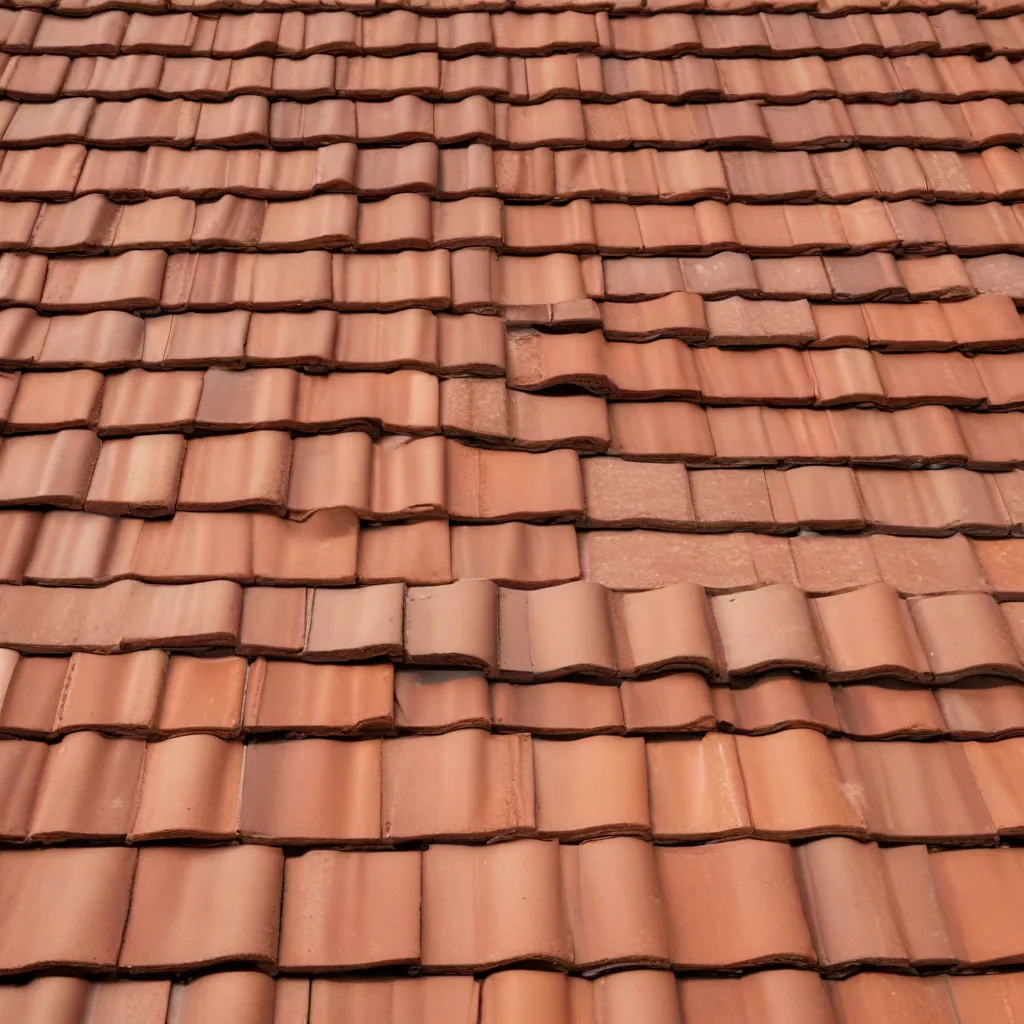
In the world of roofing, homeowners and building professionals alike are constantly seeking the perfect balance of style, durability, and energy efficiency. Tile roofing systems have long been recognized as a charming and timeless option, sheltering homes for centuries. But beyond their classic aesthetic, these roof types offer a remarkable advantage: their ability to harness the power of thermal mass and insulation for enhanced energy savings.
Thermal Mass Benefits
One of the key reasons tile roofs excel in energy efficiency is their natural thermal properties. Both concrete and clay tiles possess excellent thermal mass, meaning they can absorb and store heat energy during the day and slowly release it during cooler nights. This process of thermal regulation helps to moderate indoor temperatures, reducing the need for air conditioning in the summer and heating in the winter.
Thermal Mass Regulation
The curved shape of tile roofs also contributes to their energy-saving capabilities by creating a natural ventilation system. The airflow between the tiles and the roof deck helps to dissipate heat, further cooling the house during hot days. Additionally, the small gap between the tiles and the roof deck provides an extra layer of insulation, preventing heat from penetrating into the living spaces.
Thermal Mass Efficiency
Tile roofs can also be coated with special reflective finishes that bounce back more of the sun’s rays, preventing them from being absorbed as heat. These “cool roof” coatings significantly improve the roof’s ability to reflect solar energy, which is particularly beneficial in sunny, hot climates. By reflecting the sun’s energy, these coatings help keep homes cooler and reduce the load on air conditioning systems.
Thermal Mass Performance
The sustainability aspect of tile roofs is another important factor. Crafted from natural materials like clay and concrete, these roofing systems can be recycled, reducing their environmental impact. Their long lifespan – up to 100 years with proper maintenance – means fewer roof replacements over time, conserving resources and minimizing waste.
Insulation Properties
While the thermal mass properties of tile roofs play a crucial role in energy efficiency, the importance of insulation should not be overlooked. Proper insulation, combined with the inherent thermal mass, creates a synergistic effect that enhances the overall energy-saving performance of the roofing system.
Insulation Materials
There are several insulation options that can be integrated with tile roofing systems. Fiberglass, cellulose, and spray foam are common choices, each offering unique benefits in terms of R-value, moisture resistance, and ease of installation. The selection of the appropriate insulation material depends on factors such as climate, roof design, and budget.
Insulation Techniques
The installation method of the insulation can also impact its effectiveness. Techniques like batt insulation between roof framing members or blown-in insulation in the attic space can provide a continuous thermal barrier, minimizing heat transfer and improving overall energy efficiency.
Insulation Performance
When the thermal mass of the tiles and the insulative properties of the roofing system work in harmony, the result is a significantly more energy-efficient home. The combined effect of these two crucial elements helps to regulate temperature, reducing the demand on heating and cooling systems and ultimately leading to long-term cost savings.
Energy Savings Advantages
The integration of thermal mass and insulation in tile roofing systems offers a multitude of energy-saving benefits, providing homeowners with a more comfortable living environment and substantial financial savings over time.
Reduced HVAC Demands
By moderating indoor temperatures, tile roofs with optimal thermal mass and insulation can significantly reduce the workload on heating, ventilation, and air conditioning (HVAC) systems. This translates to lower energy consumption and reduced utility bills, making tile roofs a smart investment for homeowners.
Improved Thermal Comfort
The thermal regulation provided by tile roofs helps to create a more consistent and comfortable indoor climate, minimizing the extreme temperature fluctuations that can often plague homes with less efficient roofing systems. This improved thermal comfort enhances the overall living experience for occupants.
Long-Term Cost Savings
While the initial investment in a tile roofing system may be higher than some alternative options, the long-term energy savings and reduced maintenance requirements can make it a wise choice. The durability and longevity of tile roofs, combined with their energy-efficient performance, can result in significant cost savings over the lifespan of the roof.
Roofing System Integration
To maximize the energy-saving benefits of tile roofing, it’s important to consider the integration of the roofing system as a whole, ensuring that the thermal mass and insulation work in perfect harmony.
Tile Roofing Configurations
The specific configuration of the tile roofing system can impact its energy efficiency. Factors such as the type of tiles (concrete or clay), their color, and the design (e.g., S-shaped versus flat) can all influence the roof’s ability to reflect sunlight, dissipate heat, and provide natural ventilation.
Thermal Mass-Insulation Synergies
Integrating the thermal mass of the tiles with the insulative properties of the roofing system is crucial for achieving optimal energy savings. Proper installation techniques, such as creating a gap between the tiles and the roof deck, can enhance the synergistic effects of these two key components.
Optimized Design Strategies
By carefully considering the local climate, building orientation, and other site-specific factors, roofing professionals can develop tailored design strategies that maximize the energy-saving potential of tile roofing systems. This holistic approach ensures that the tiles, insulation, and overall roofing assembly work in harmony to deliver the most efficient and comfortable living environment.
Tile roofing systems offer a compelling combination of traditional charm and modern energy-saving performance. By harnessing the power of thermal mass and insulation, these roofing solutions can help homeowners and building professionals alike achieve significant energy savings, improved indoor comfort, and long-term cost benefits. When planned and installed properly, tile roofs can be the cornerstone of a truly energy-efficient and sustainable building envelope. To learn more about how Genuine Roof Systems can help you maximize the energy efficiency of your tile roofing project, visit our website.

























